Continuing from part 1, this time again I will present "Let's Study Music Theory Together!" on this issue. If you haven't read part1 yet, please be sure to check it out.
⇒ Let's Study Music Theory Together! Glossary of Musical Terms Part 1
First, let's review from last time.
When categorizing musical terms broadly, they can be divided as follows:
- Dynamics
- Tempo
- Terms added to other terms or symbols
- Playing techniques
- Expression
In part 1, we studied categories 1 to 3.
In part 2, we will study categories 4 and 5.
Let's get started!
4. Terms Instructing Playing Techniques
Playing technique refers to the way of performing music. As the term suggests, playing methods vary depending on the instrument and each instrument has its own specific terminology.
For example, in terms specific to the piano, [mano destra] means to be played with the right hand.
This time, I have chosen terms specific to wind instruments.
[①staccato, ②legato, ③marcato, ④tenuto]
The meanings are ①Play the note marked with staccato ②Play smoothly between notes.③Play each note clearly.④Play the notes with sufficient length.
These terms appear quite frequently in sheet music. Understanding their meanings is important, but it's equally crucial to be able to execute them during performance as they instruct playing techniques.However, some may find it challenging to visualize these concepts. I understand that feeling. For instance, with ④, if you feel uncertain with how a piece should sound, try listening to a recording of the piece. Follow along with the sheet music while listening. You will likely notice the difference in expression. Referring to professional performances can be very educational and make your understanding clearer.
By the way, there are also terms used for trombone. ↓
[Portamento] This term is used in vocal music, violin family, and trombone, indicating a technique where two notes are smoothly connected by gliding from one pitch to another. Try to have a trombonist demonstrate it for you (^^)
At Last, 5. Terms Related to Expression
"Expression terms" are terms that instruct the expression and character of a piece of music. There are many types of expression terms, so it's impractical to remember them all. Here, I'll introduce some important and commonly used terms that it's good to know.
[①animato, ②brillante, ③cantabile, ④dolce]
The meanings are ① lively ② cheerful ③ singing-like ④ gentle.
Expression terms convey how composers want performers to interpret and play their music, so these terms are significantly important for musicians. Performers need to interpret the composer's emotions and imagery to deliver a more expressive musical performance.
Additionally, for understanding classical pieces, it's helpful to refer to commentaries.
Biographies and details about composers' backgrounds can be particularly intriguing as they often reveal stories behind compositions, whether they’re dedicated to someone, inspired by their hometown, or reflecting the composers’ personal quirks. Knowing these details deepens the understanding and imagery of the music.
How was it? I have split my study of musical terms into two parts. Did you discover a favorite term?
I hope this blog post has sparked your interest in musical terms even more.
Finally, continuing from part 1, here are products for your school wind ensemble that are available at Sound House!
SEIKO / SPM320 Pendulum Metronome
Back in my high school wind ensemble days, we often heard from seniors and teachers, "The metronome is your best friend!" (lol) It's an essential item for practicing instruments, right? (^^)
So, please use these cute metronomes to boost your practice motivation.





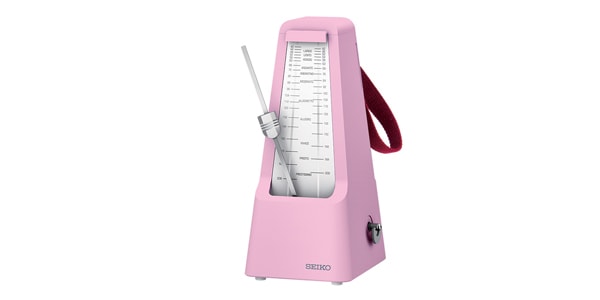
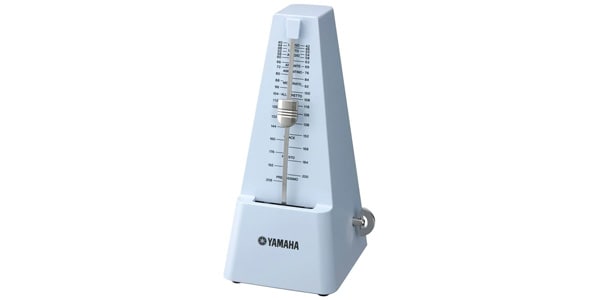
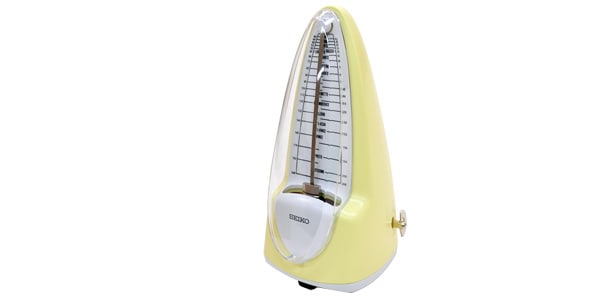
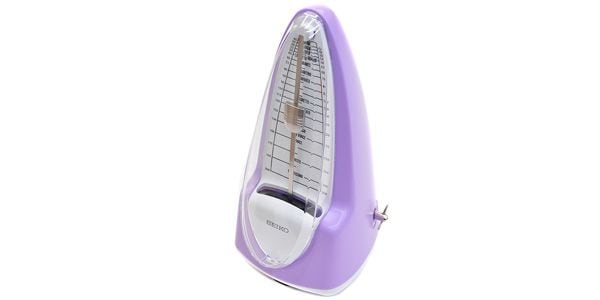








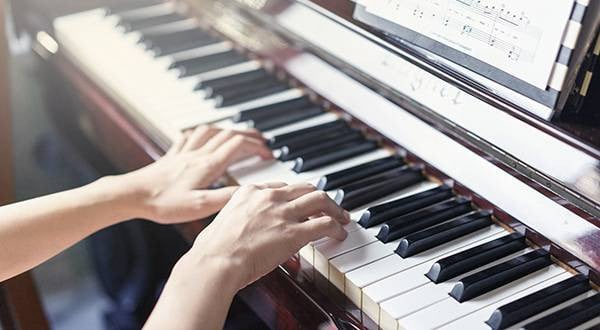
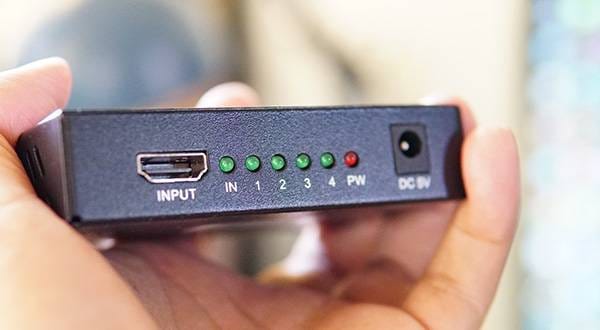
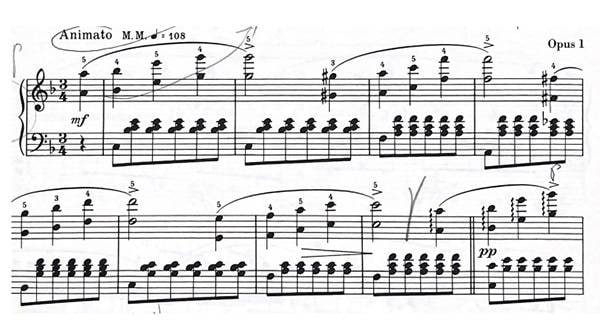
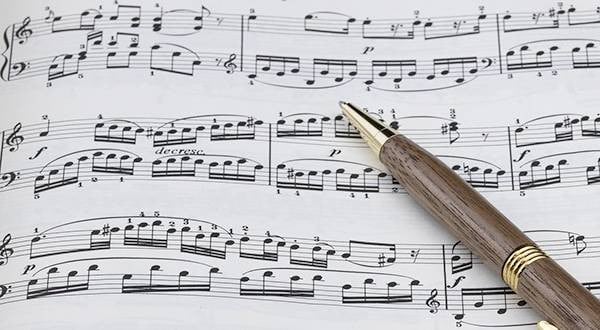
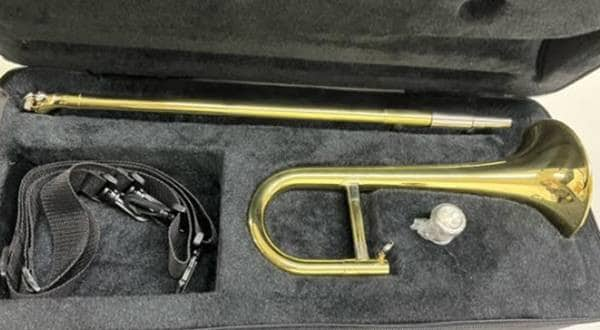
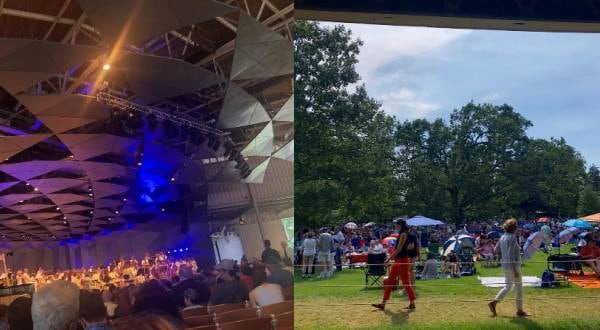
![[2025] Recommended Trombone Stands](/contents/uploads/thumbs/2/2022/7/20220708_2_18532_1.jpg)

 吹奏楽マストバイアイテム
吹奏楽マストバイアイテム
 PLAYTECH 管楽器特集
PLAYTECH 管楽器特集
 みんなでつくる 新・音楽用語事典
みんなでつくる 新・音楽用語事典
 自分にあったピアノを選ぼう!役立つピアノ用語集
自分にあったピアノを選ぼう!役立つピアノ用語集
 まずは弾いてみよう!楽譜の読み方
まずは弾いてみよう!楽譜の読み方
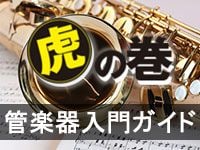 サウンドハウス虎の巻 管楽器入門ガイド
サウンドハウス虎の巻 管楽器入門ガイド















